| Husky refinery explosion in Wis. prompts recommendation to review use of hydrogen fluoride After Husky Energy incident led to evacuation, panel asks EPA to revisit guidelines. By Mike Hughlett Star Tribune APRIL 26, 2019 — 7:10PM |
Prompted by the Husky refinery explosion in Superior, Wis., federal chemical safety investigators are advocating a review of the oil refining industry's use of hydrogen fluoride, a highly toxic chemical.
The fiery accident a year ago this week led to an evacuation of large parts of Superior, as public-safety officials feared a release of hydrogen fluoride. In the end, storage tanks full of the chemical were never breached.
The U.S. Chemical Safety Board this week said it "strongly encourages" the federal Environmental Protection Agency (EPA) to review whether refineries' risk-management plans are sufficient to prevent "catastrophic releases" of hydrogen fluoride.
The letter also asks the EPA to determine if there are "commercially viable" alternatives to using hydrofluoric acid in the oil refining process. The Chemical Safety Board essentially wants the EPA to review and update the agency's 1993 study on the hazards of hydrogen fluoride, which was done at the behest of Congress.
Accidents involving hydrogen fluoride are rare. But the chemical can cause severe burns and, in a worst-case scenario, create a deadly gas cloud.
Hydrofluoric acid, which is hydrogen fluoride dissolved in water, is used as a catalyst to boost octane in gasoline at about half of the nation's refineries. The other half use sulfuric acid for the same purpose — which poses its own hazards but doesn't vaporize as fast hydrofluoric acid.
Marathon Petroleum's refinery in St. Paul Park uses hydrofluoric acid; Flint Hills Resources' oil refinery in Rosemount uses sulfuric acid.
The Chemical Safety Board's request to the EPA came after its investigations of the conflagration at Husky Energy's refinery and a 2015 explosion at the former Exxon Mobil refinery in Torrance, Calif.
"In the course of our investigations … we have become aware of community concerns about the use of hydrofluoric acid at these refineries and the adequacy of their risk management programs to protect against the release of this hazardous substance," the Chemical Safety Board wrote to the EPA.
The EPA said it is reviewing the letter.
The Chemical Safety Board is an independent agency that investigates chemical accidents and makes recommendations to companies and regulatory agencies, including the EPA.
The 2015 explosion at the Torrance refinery spewed debris that nearly hit two tanks containing modified hydrofluoric acid, the Chemical Safety Board concluded. At the Superior refinery, which Calgary, Alberta-based Husky Energy bought in 2017, an explosion hurled shrapnel into a tank containing asphalt, which leaked and ignited.
The Superior refinery's hydrofluoric acid tank was closer to the explosion point than its asphalt tank, the Chemical Safety Board found.
Husky Energy announced early this month that it will spend more than $400 million to rebuild the refinery, but it declined to stop using hydrogen fluoride. The company said it's not commercially viable to switch from hydrofluoric acid to sulfuric acid or any new octane-boosting technologies.
Mike Hughlett covers energy and other topics for the Star Tribune, where he has worked since 2010. Before that he was a reporter at newspapers in Chicago, St. Paul, New Orleans and Duluth.
[email protected] 612-673-7003




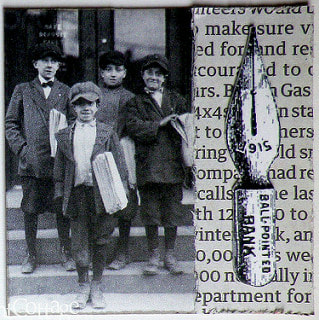
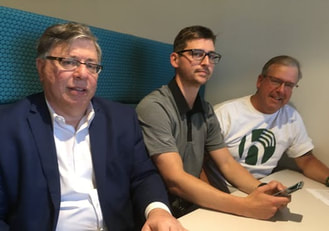


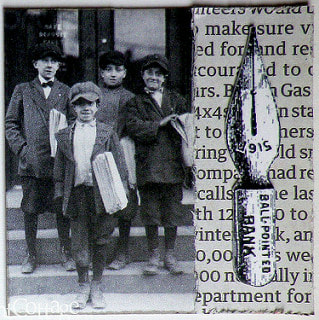
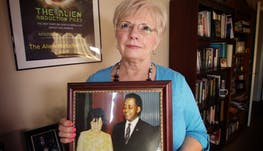


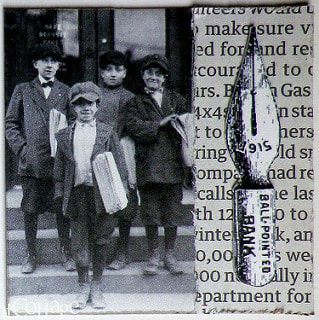



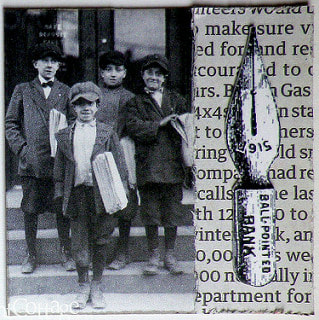
 RSS Feed
RSS Feed